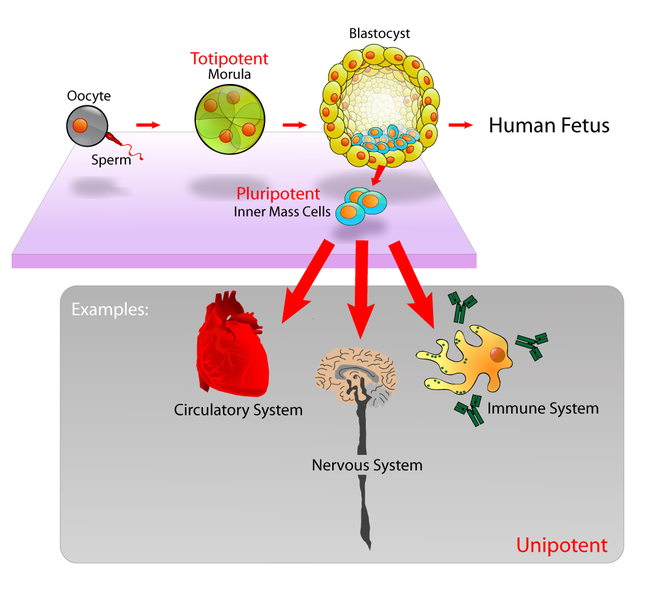
Stem cell transplantation is a therapy that introduces healthy bone marrow cells into a child after his or her bone marrow has been destroyed. This procedure is intended for children with cancer or other diseases affecting the immune system and bone marrow.
What is it?
Stem cell transplantation (also called a bone marrow transplant) is a therapy for children with diseases damaging the bone marrow. Bone marrow is tissue within the bones that produce blood cells. The objective of stem cell transplantation is to transfuse healthy bone marrow cells into a child after unhealthy bone marrow has been destroyed. The new stem cells will then be able to fight infections in the body. The transplanted cells may be derived from a preserved specimen of the patient or another donor.
What should I do to prepare?
Physical exams and blood draws are the first tests received as a patient beginning this transplant process. Potential donors are screened and tested for compatibility while a patient takes educational courses on what to expect following the surgery and in coming years. Before the transplant, the patient and doctor will engage in various conditioning exercises such as chemotherapy or total body irradiation to combat unhealthy tissues. Usually, a dedicated team of physicians will be helping throughout the complex and stressful procedures.
What happens during the process?
Children will receive several rounds of high-dose chemotherapy in the weeks leading up to the transplant. This chemotherapy prepares space in the bone marrow for new stem cells and suppresses the immune system to prevent rejection. Similar to a bone marrow transplant, the new stem cells will then be infused into the child through a central line. A child will remain awake during this procedure and pain is not expected. After being monitored for several weeks, when the white cell count is high enough to fight off infection, the patient may be discharged.
What are the risks and potential complications?
There are many side effects of both chemotherapy and the stem cell infusion process. While unpleasant, these are typically not problematic. The most serious potential side effect is that the child’s body rejects the grafted stem cells. Additionally side effects and complications include:
- Nausea
- Vomiting
- Diarrhea
- Mouth sores
- Fever
- Chills
- Shortness of breath
- Graft-versus-host disease
Disclaimer:
All GlobeHealer Site content, including graphics, images, logos, and text, among other materials on the site are only for education purposes. This content is not intended to be a substitute for professional medical advice, and you should always contact your physician or qualified health provider for information regarding your health. Information on this site regarding the overview, diagnosis, and treatment of any kind should be looked at, in addition to the advice and information of your health care professional. Do not disregard medical advice or delay seeking treatment or medical advice due to information found on the GlobeHealer site.
If there is even the possibility that you may have a medical emergency, seek treatment, call your doctor, or call your local emergency telephone number immediately. GlobeHealer does not endorse being the first line of communication in case of emergency and does not endorse any specific test, physician, facility, product, procedure, opinion, or other information that is or may be mentioned on this site or affiliated entities. Reliance of any and all information provided by GlobeHealer, its employees, affiliations, others appearing on the Site under the invitation of GlobeHealer, or visitors of the site is solely at your own risk and is not the responsibility of GlobeHealer.
Image Source: https://commons.wikimedia.org/wiki/File:Stem_cells_diagram.png
